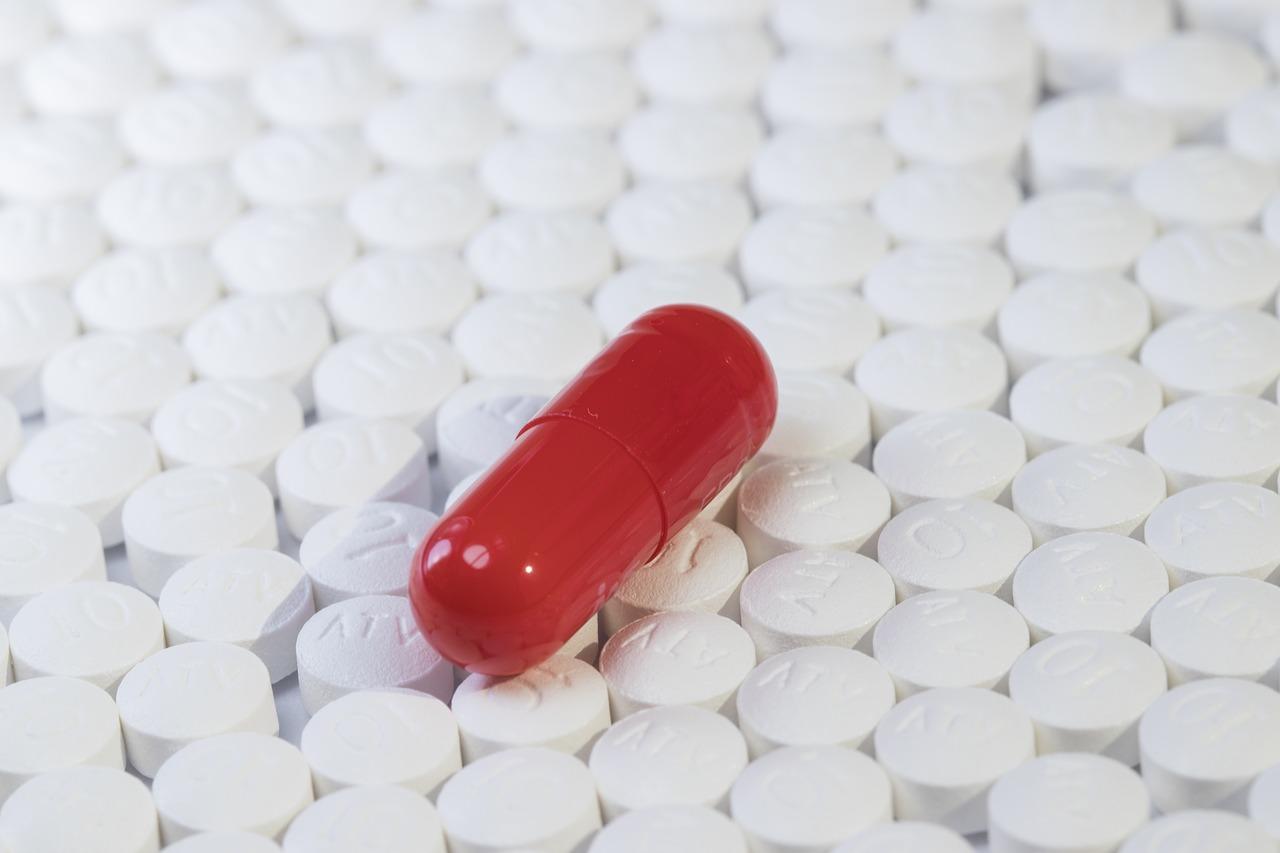GLP-1 Receptor Agonist Market Estimated To Witness High Growth Owing To Increased Prevalence of Diabetes

The GLP-1 Receptor Agonist market is estimated to be valued at US$ 14319.85 Mn in 2023 and is expected to exhibit a CAGR of 6.1% over the forecast period 2023 to 2030, as highlighted in a new report published by Coherent Market Insights.
GLP-1 receptor agonists are injectable drugs used for the treatment of type 2 diabetes. They work by increasing insulin secretion, decreasing glucagon secretion, and slowing gastric emptying which lowers postprandial glucose concentrations. Some commonly used GLP-1 receptor agonists include exenatide, liraglutide, dulaglutide, and semaglutide.
Market Dynamics
Increased prevalence of diabetes: The prevalence of diabetes has been increasing rapidly over the past few decades. As per the International Diabetes Federation, in 2021, approximately 537 million adults were living with diabetes worldwide and this number is projected to rise to 643 million by 2030 and 783 million by 2045. GLP-1 receptor agonists are effective in managing blood glucose levels in type 2 diabetes patients.This growing diabetes patient pool is expected to drive the demand for GLP-1 receptor agonists over the forecast period.
Growing awareness regarding advantages of GLP-1 receptor agonists: GLP-1 receptor agonists offer various advantages over other anti-diabetic drugs such as weight loss, low risk of hypoglycemia, and cardiovascular benefits. Increased awareness among patients and physicians about these advantages is prompting more number of prescriptions for GLP-1 receptor agonists. Moreover, regular education and awareness programs by key market players are also aiding their increased adoption.
SWOT Analysis
Strength: The GLP-1 receptor agonist market has a large patient pool suffering from diabetes. The GLP-1 receptor agonists have minimal side effects and lower risks of hypoglycemia compared to other diabetes drugs. They also help in weight loss and improve cardiovascular outcomes in patients with type 2 diabetes.
Weakness: GLP-1 receptor agonists have high development and manufacturing costs. Moreover, frequent administration of injections and gastrointestinal side effects associated with some drugs reduce patient compliance.
Opportunity: Rising geriatric population and increasing prevalence of obesity and type 2 diabetes present significant growth opportunities. Increasing awareness about management of diabetes and its complications also drives the demand for GLP-1 receptor agonists.
Threats: Entry of generic versions of drugs once patents expire could impact sales of leading brands. Stringent regulations for approval of new molecules also delay market entry of novel drugs.
Key Takeaways
The Global GLP-1 Receptor Agonist Market Size is expected to witness high growth, exhibiting CAGR of 6.1% over the forecast period, due to increasing prevalence of diabetes globally. Sedentary lifestyles and unhealthy dietary habits have significantly contributed to the diabetes burden.
Regional analysis: North America dominates the global GLP-1 receptor agonist market due to high awareness levels, high healthcare expenditure, and favorable reimbursement policies in the region. However, Asia Pacific is anticipated to grow at the fastest pace during the forecast period owing to rising geriatric population, growing obesity, and increasing focus of market players in emerging countries.
Key players operating in the GLP-1 receptor agonist market are Eli Lilly and Company, GlaxoSmithKline plc, Novo Nordisk, PegBio Co., Ltd., AstraZeneca, Intarcia Therapeutics, Inc., Amylin Pharmaceuticals, Inc., Sanofi, Hanmi Pharm. Co., Ltd., Pfizer Inc., Amgen Inc., Innovent Biologics, Jiangsu Hengrui Medicine Co., Sun Pharmaceuticals Industries Ltd., and 9 Meters Biopharma, Inc.
Get More Insights On This Topic: https://cmiresearch.blogspot.com/2023/12/glp-1-receptor-agonists-fastest-growing.html
- Art
- Causes
- Crafts
- Dance
- Drinks
- Film
- Fitness
- Food
- Games
- Gardening
- Health
- Home
- Literature
- Music
- Networking
- Other
- Party
- Religion
- Shopping
- Sports
- Theater
- Wellness
- IT, Cloud, Software and Technology


